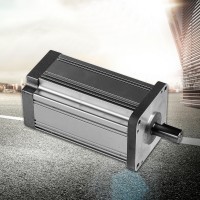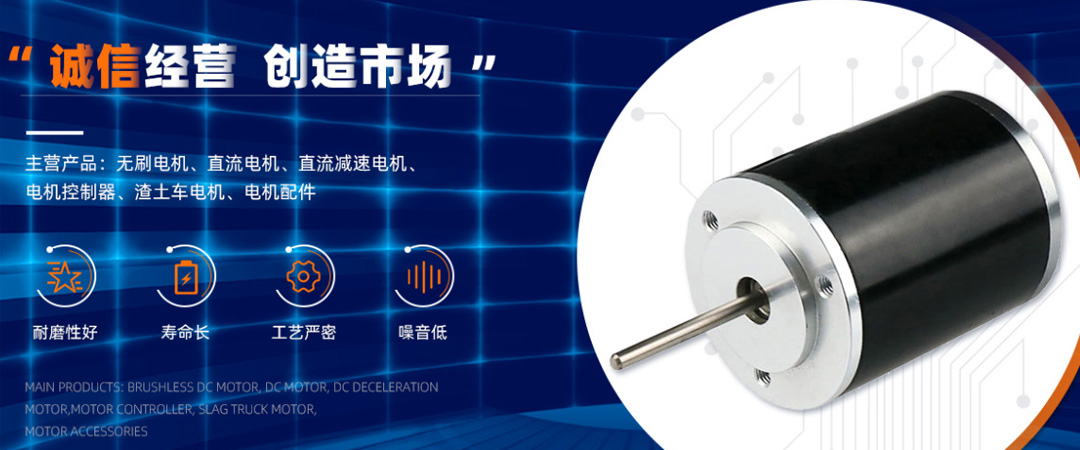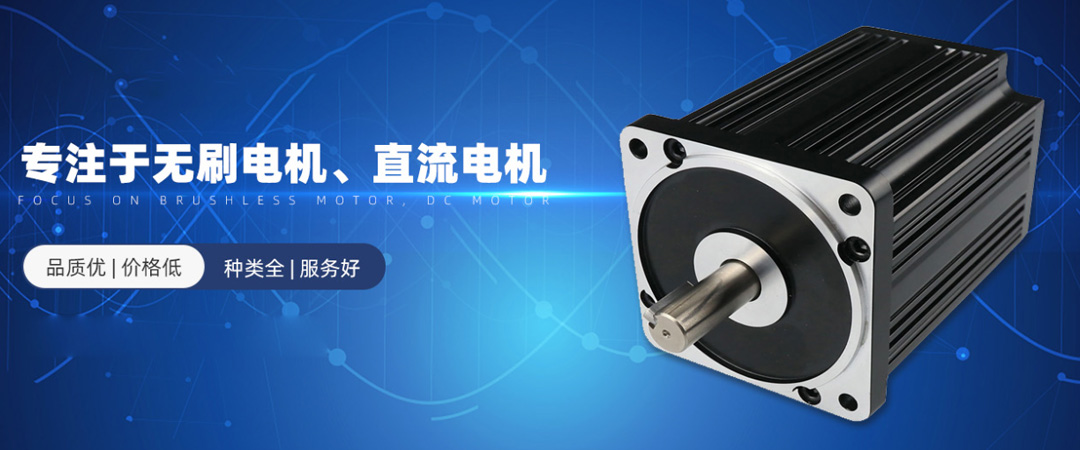Analysis of Sinusoidal Drive Technology for Brushless Motors
The increasing popularity of brushless motors is not only due to the physical use of the motor itself, but also to the application of related technologies, such as sine drive technology. So, what is sine drive technology? What is its purpose? We need to deepen our knowledge in this area.

According to the complexity of control, the sine drive technology of brushless motors can be divided into simple sine wave control and complex sine wave control.
Simple sine wave control is achieved by controlling the amplitude and phase of the sine phase voltage of the motor to control the motor current. Usually, a sinusoidal phase voltage is generated at both ends of the winding by applying a formal voltage to the motor terminal wires. The common generation methods are sine PWM and space vector PWM. Due to its simple and easy implementation principle, sine wave PWM is commonly used as a PWM generation method in simple sine wave control. Figure 1 shows the BLDC control structure diagram, where Ux, Uy, and Uz are the bridge arm voltages, and Ua, Ub, and Uc are the phase voltages of the motor windings. The following introduction to different types of PWM modulation methods will be based on this structure diagram.
I believe that after reading this, everyone will have a new understanding and knowledge of brushless motors. If you want to learn more about this topic, you can pay more attention to our website, hoping to help everyone.
Editor: Cora



